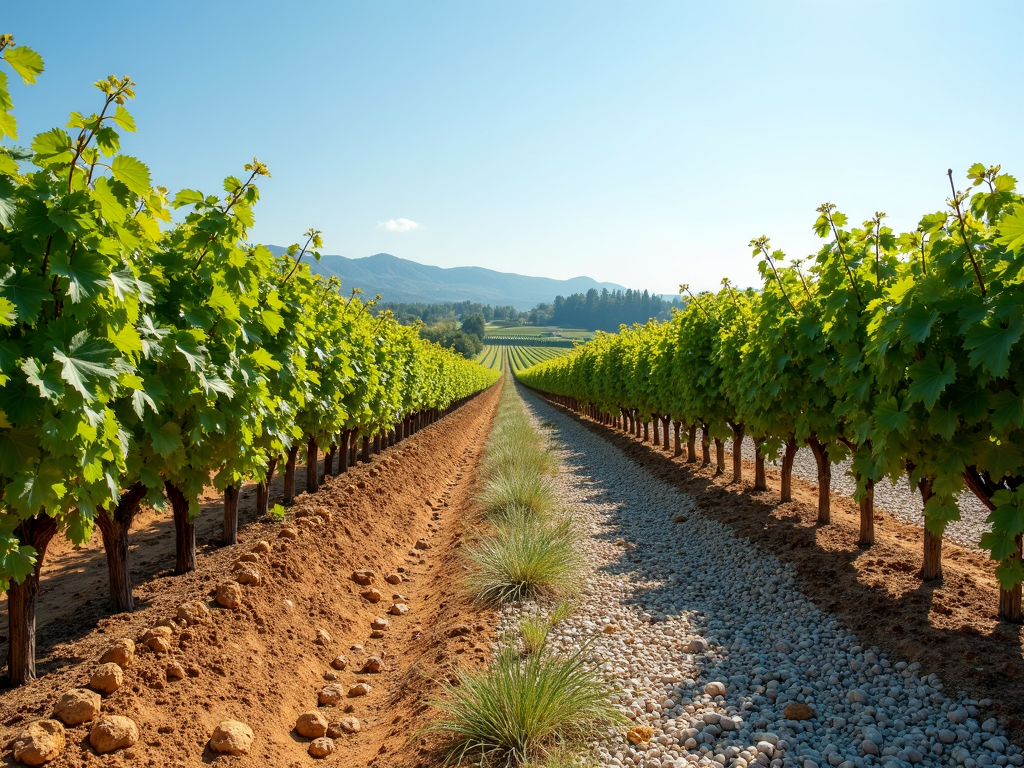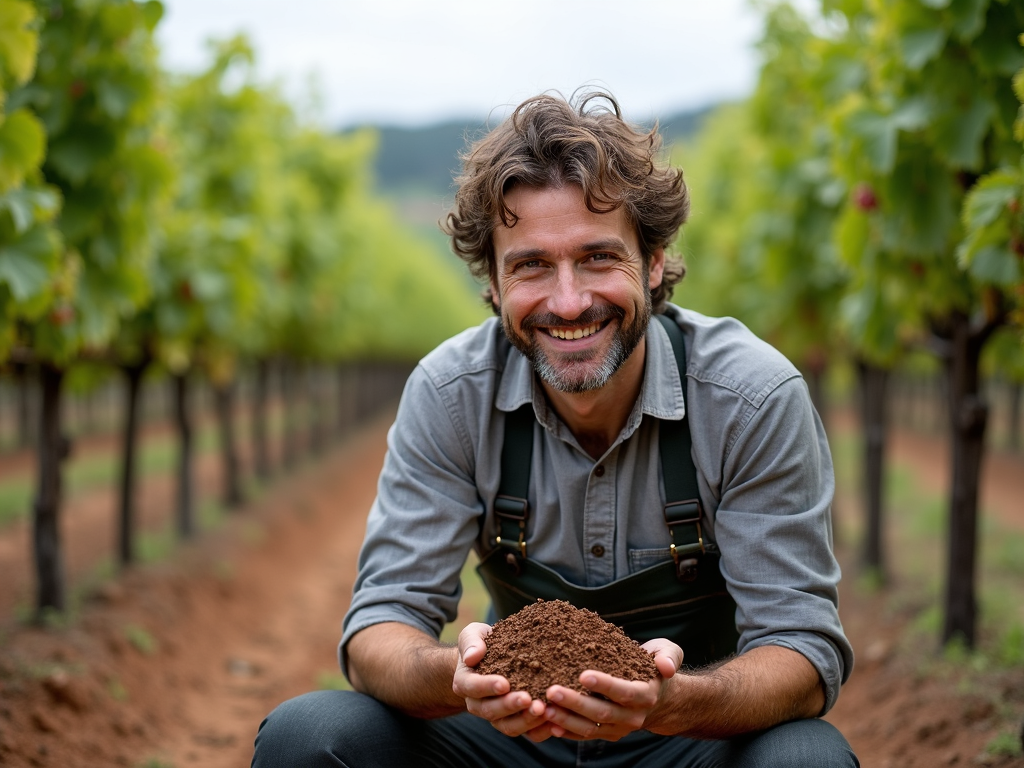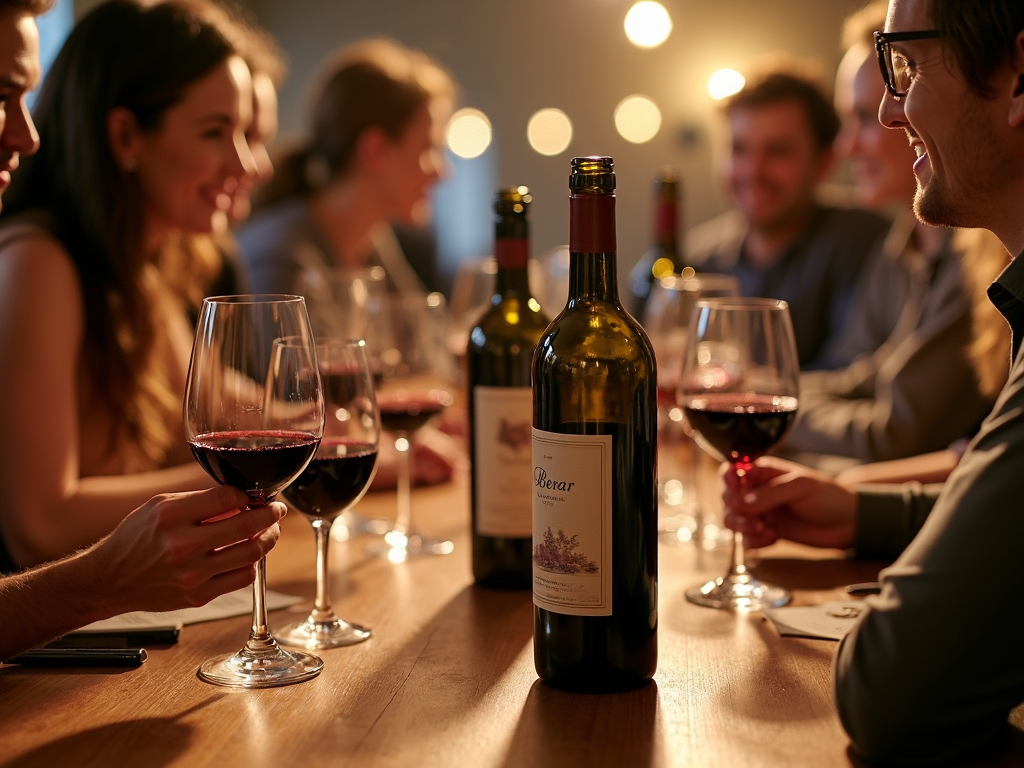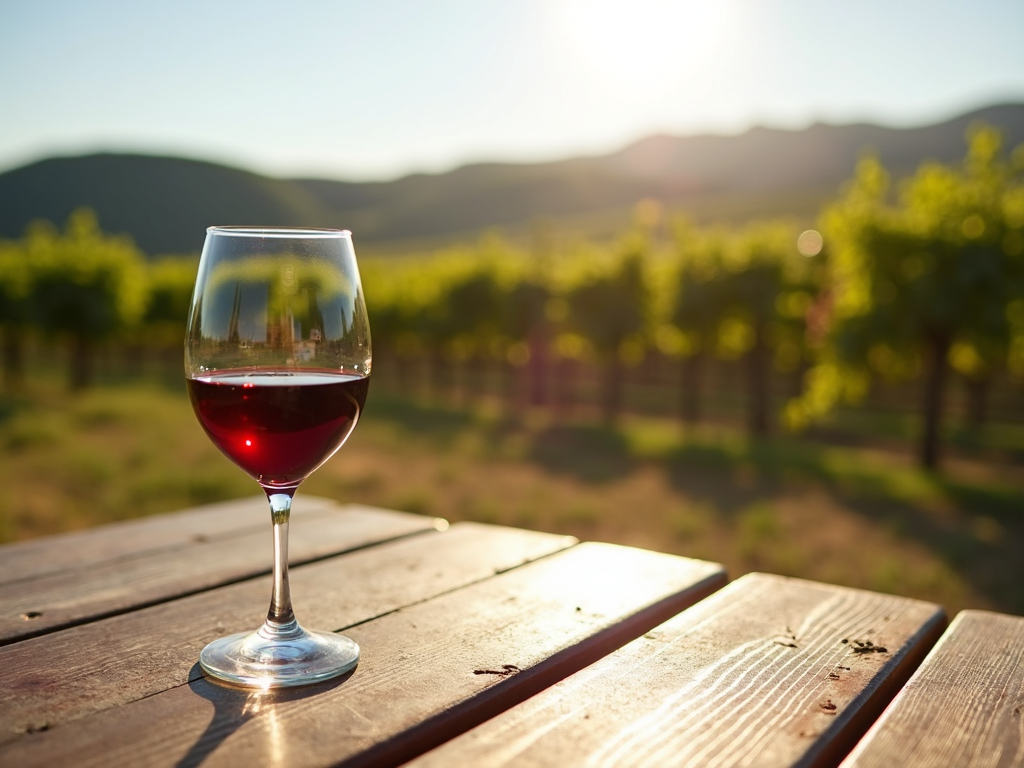Understanding Wine Terroir: Insights from Wine Enthusiasts
Overview
Wine terroir is the magic behind every unique bottle. It’s the soil, the weather, and the land working together to shape a wine’s taste. This article dives into what terroir means, why it matters, and how Beringer uses it to craft amazing wines. Get ready to boost your wine game!

What Is Wine Terroir?
Terroir is all about where grapes grow. It’s the mix of soil, climate, and land shape that gives wine its special flavor. Think of it like a recipe: every part matters.
- Soil: Clay holds water, limestone adds minerals, and gravel drains fast. Each changes how grapes taste.
- Climate: Sunny days ripen grapes, while cool nights keep them fresh. Rain matters too.
- Land Shape: Hills let water run off and catch more sun. Flat land works differently.
Experts at Cornell University say these factors make wines from places like Bordeaux or Tuscany stand out. That’s why two wines from the same grape can taste totally different.
The Role of Terroir in Wine Quality
Terroir decides if a wine is just okay or amazing. Good soil and perfect weather grow grapes with big, bold flavors. A study from UC Davis shows that top wines come from spots where nature lines up just right.
But it’s not everything. Winemakers add their skills too. Still, without great terroir, even the best tricks won’t save a wine. That’s why wine lovers chase bottles from famous regions—they know the land makes a difference.

Beringer’s Wine Production Process
Beringer, a big name among wine brands, knows terroir inside out. Since 1876, they’ve grown grapes in California’s Napa Valley, where every vineyard has its own vibe.
- St. Helena: Volcanic soil here makes rich, powerful Cabernet Sauvignons.
- Knights Valley: Higher up and cooler, this spot grows grapes with zippy, fresh tastes.
Beringer’s team picks the best from each place to blend wines that shine. Their process proves how terroir can turn good grapes into great bottles.
A Personal Take: Tasting Terroir
A few years back, I visited a vineyard in Oregon. The owner dragged me out to see the dirt—literally. He scooped up some clay and gravel, explaining how it changes the wine. Then we tasted a Pinot Noir from that spot. I swear I could taste the earth in it—bright, sharp, and alive. That day stuck with me. Terroir isn’t just talk; it’s real.

How Terroir Affects Your Wine
Ever wonder why some wines taste fruity and others feel earthy? That’s terroir at work. Here’s a quick look at how it shows up:
| Region | Terroir Features | Wine Flavor |
|---|---|---|
| Bordeaux, France | Gravelly soil, mild climate | Bold, with dark fruit |
| Tuscany, Italy | Rocky hills, warm sun | Spicy, tangy reds |
| Napa Valley, CA | Volcanic soil, hot days | Rich, full-bodied |
Next time you sip, think about where it came from. The land tells a story in every glass.
Tips to Enjoy Terroir Yourself
Want to get more out of your wine? Try these:
- Taste Side by Side: Grab a wine from France and one from California. Spot the differences.
- Check the Label: Look for the region or vineyard name—it hints at the terroir.
- Visit a Winery: If you can, go see the vines. It’s the best way to get it.
The Wine Institute says tasting like this sharpens your skills. You’ll start picking up on what makes each wine special.

Summary
Understanding wine terroir by wine enthusiasts unlocks a whole new level of enjoyment. It’s the land, weather, and care that make each wine unique. Beringer’s wine production process shows how pros use terroir to create standout bottles. Whether you’re tasting or exploring, terroir is your key to better wine. Check out the readings below for more!